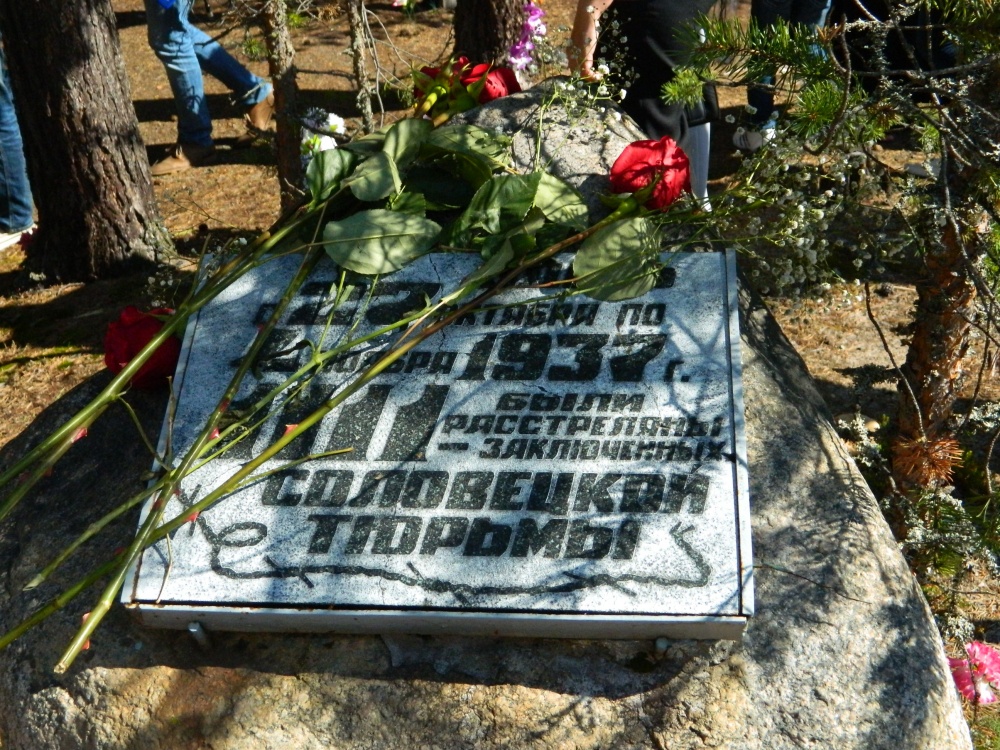To judge by reports on the internet, the Day in Remembrance of the Victims of Political Repression was not commemorated at the surviving memorial in Vladimir yesterday. Instead, the governor broadcast a sombre speech to the Vladimir Region; his words were illustrated by a monument in Siberia (Irkutsk).

“Remember us all, O Motherland, innocent victims. Be merciful and bring us back from oblivion” (central monument at Pivovarikha)
A brave individual went to the site of Vladimir’s other recently dismantled memorial and read out the names of Dolgoruky, Shtepitsky, Laidoner and Jankowski as part of the 12-hour online marathon “Restoring the Names” (8.22 minute).
The governor’s counterparts in other regions also dispensed with meetings and voiced appropriate sentiments. The only large gatherings were prompted by the involvement of the Orthodox Church, which since 2021 has held services on 30 October to pray for all repressed Orthodox Christians (less of a protest, more of a prayer?)
The public reading of names was obstructed in Moscow, for the fourth year in a row; similar events were prohibited or cancelled in Tomsk and Novosibirsk, even when presented as a “Prayer of Remembrance”.
Targeting memorials
Over the past year the memorials erected in Russia have been targeted, especially those in memory of Soviet Poles, as part of the ongoing Memory War, a conflict between the narrative developed, by Memorial and others, and that officially favoured and imposed.
Continue reading



